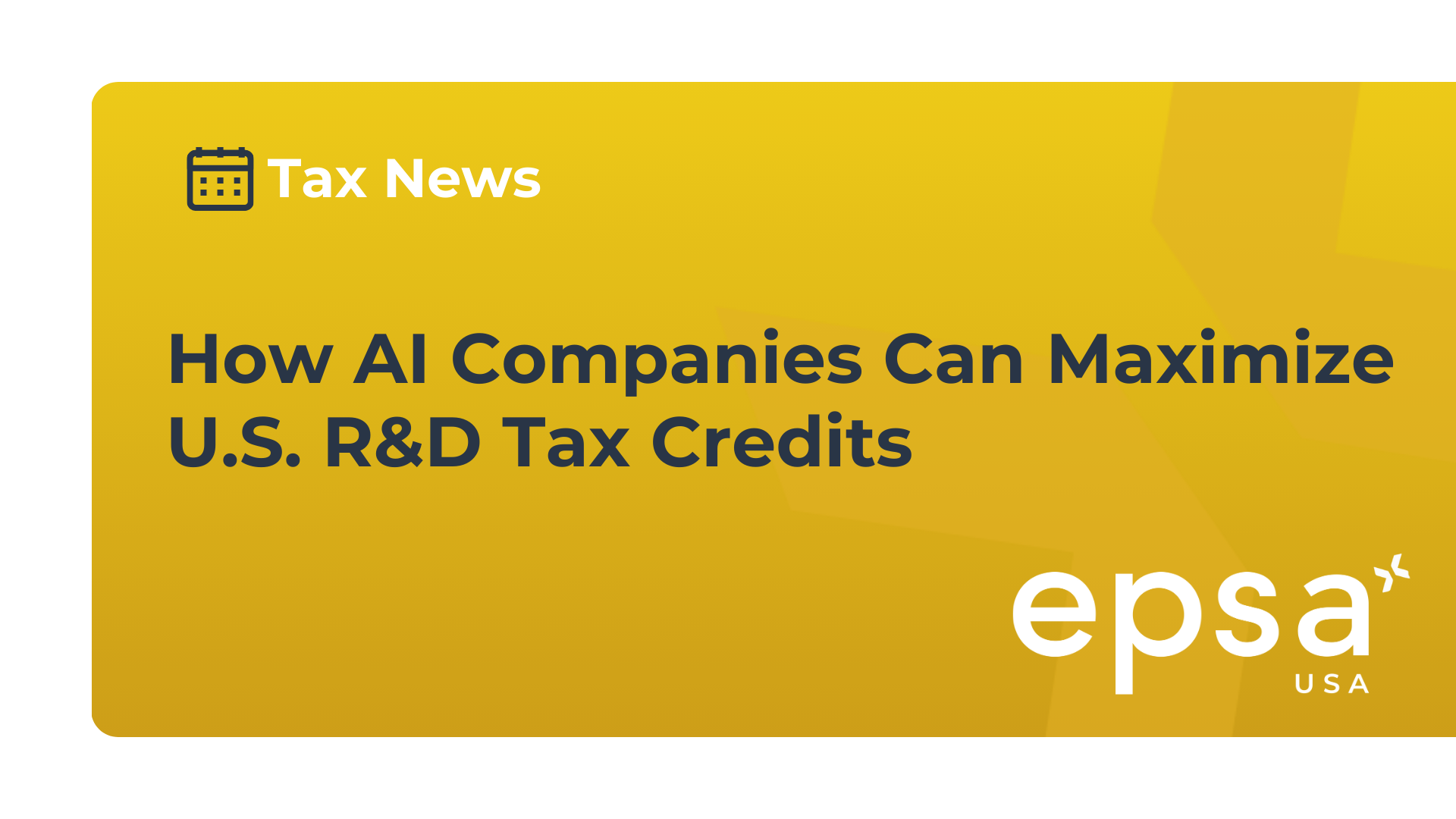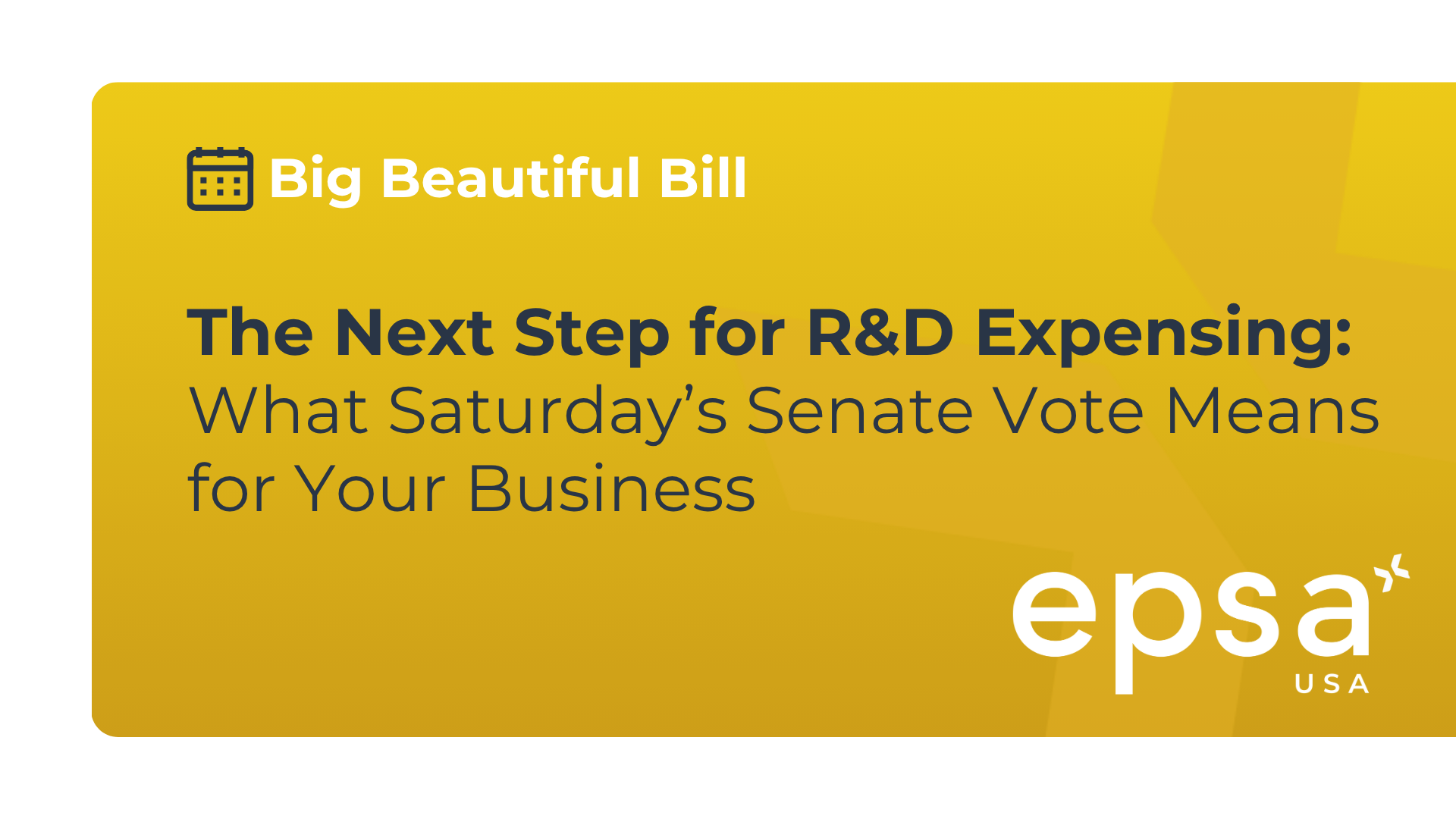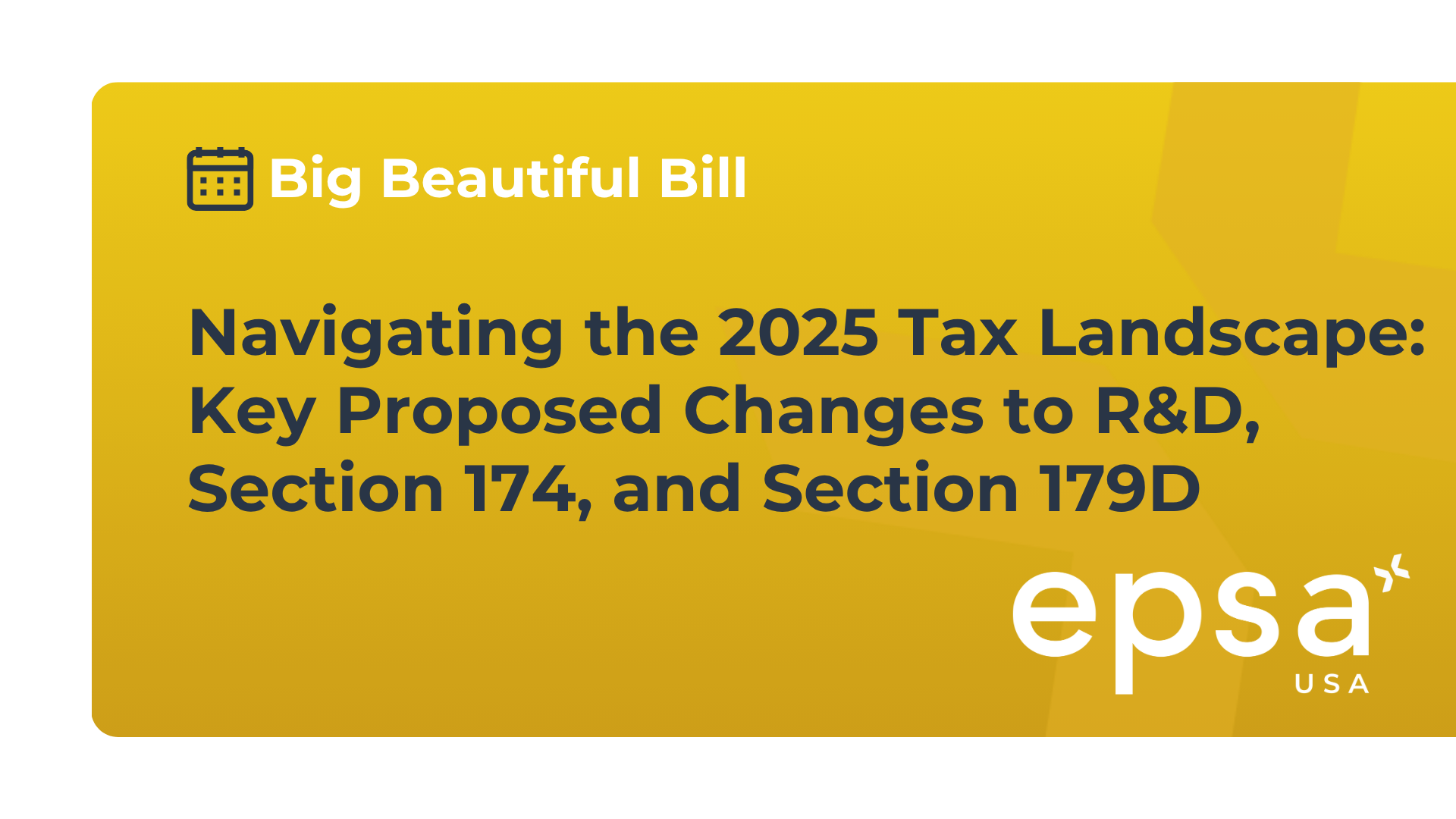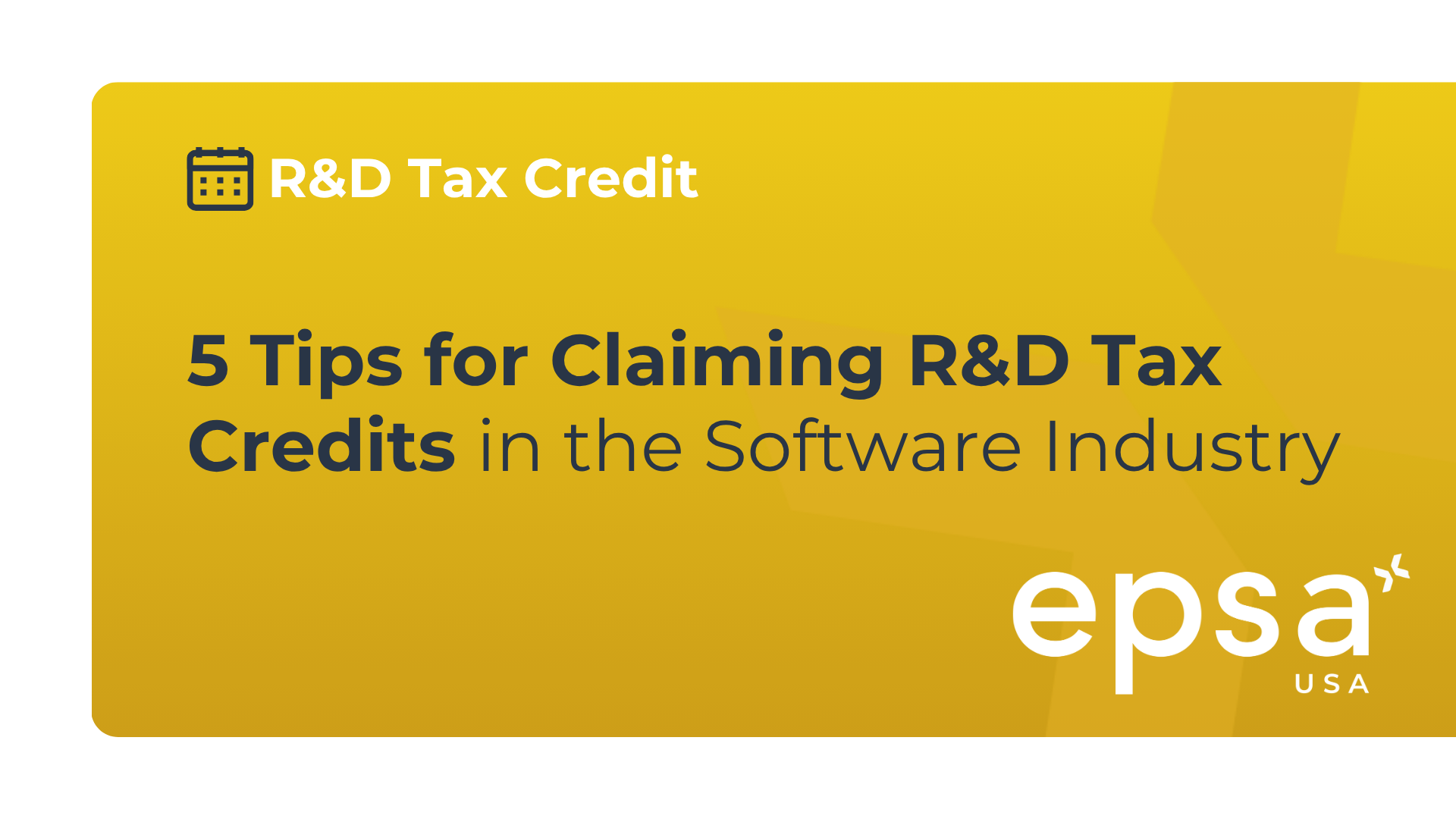How AI Companies Can Maximize U.S. R&D Tax Credits
The rapid evolution of artificial intelligence (AI) has led to groundbreaking innovations across industries. However, many AI companies may not be fully leveraging one of the most valuable financial incentives available to them: the U.S. Research & Development (R&D) Tax Credit. Understanding how to maximize this credit can significantly reduce tax liabilities and free up capital for further innovation.
By Samantha Wenden
The R&D tax credit, established under Section 41 of the Internal Revenue Code, is designed to encourage companies to invest in research and development activities. AI companies, by their very nature, engage in qualifying R&D activities through software development, machine learning model training, data processing, and algorithm optimization.
To qualify, R&D activities must meet the following four-part test:
- Permitted Purpose: The research must aim to develop or improve a product, process, software, or system.
- Technological in Nature: The research must be based on engineering, physics, chemistry, computer science, or other technical disciplines.
- Elimination of Uncertainty: The company must demonstrate that it is solving a technical uncertainty, such as optimizing AI models.
- Process of Experimentation: The work must involve testing, evaluating, and iterating to achieve the desired result.
KEY AREAS WHERE AI COMPANIES CAN CLAIM R&D CREDITS
- Software and Algorithm Development: AI companies that develop proprietary algorithms, deep learning models, or machine learning frameworks can claim tax credits for their development activities. This includes:
- Writing, testing, and debugging AI-related code.
- Implementing new or improved data processing techniques.
- Improving AI model performance and accuracy
- Data Collection and Processing: If an AI company is developing proprietary datasets or creating unique data annotation techniques for training models, the associated costs may qualify. Eligible activities include:
- Developing automated data labeling techniques
- Improving data processing and augmentation strategies.
- Prototyping and Experimentation: AI startups and companies continuously experiment with different AI models, architectures, and hyperparameters. The costs associated with these iterative processes, including salaries for engineers, data scientists, and software developers, could potentially be claimed.
- Integration of AI into Existing Systems: Applying AI solutions to enhance existing software, robotics, or automation processes could also qualify. If a company is iterating and improving AI-driven applications through experimentation, it could also potentially claim associated R&D expenses.
MAXIMIZING THE R&D CREDIT: BEST PRACTICES
To ensure AI companies receive the maximum benefit from R&D tax credits, they should:
- Maintain Detailed Documentation: Keep records of project roadmaps, software development logs, testing reports, and technical documentation.
- Identify and Qualifying Expenses: Track employee salaries, contractor fees, prototype development costs, and cloud computing expenses.
- Leverage the Payroll Tax Offset: Qualified Small Businesses can apply up to $500,000 of the R&D credit against payroll taxes, a critical cash flow advantage.
FINAL THOUGHTS
For AI companies, the U.S. R&D tax credit represents a powerful opportunity to reinvest in innovation while reducing tax liabilities. By properly identifying qualifying activities, maintaining thorough documentation, and working with experts, AI firms can maximize their tax savings and continue driving technological advancements.
Engaging with EPSA USA, which has long-standing expertise helping firms with credits and incentives, can ensure proper documentation, optimized savings, and streamline the claiming process alongside your CPA firms.
Share this article




